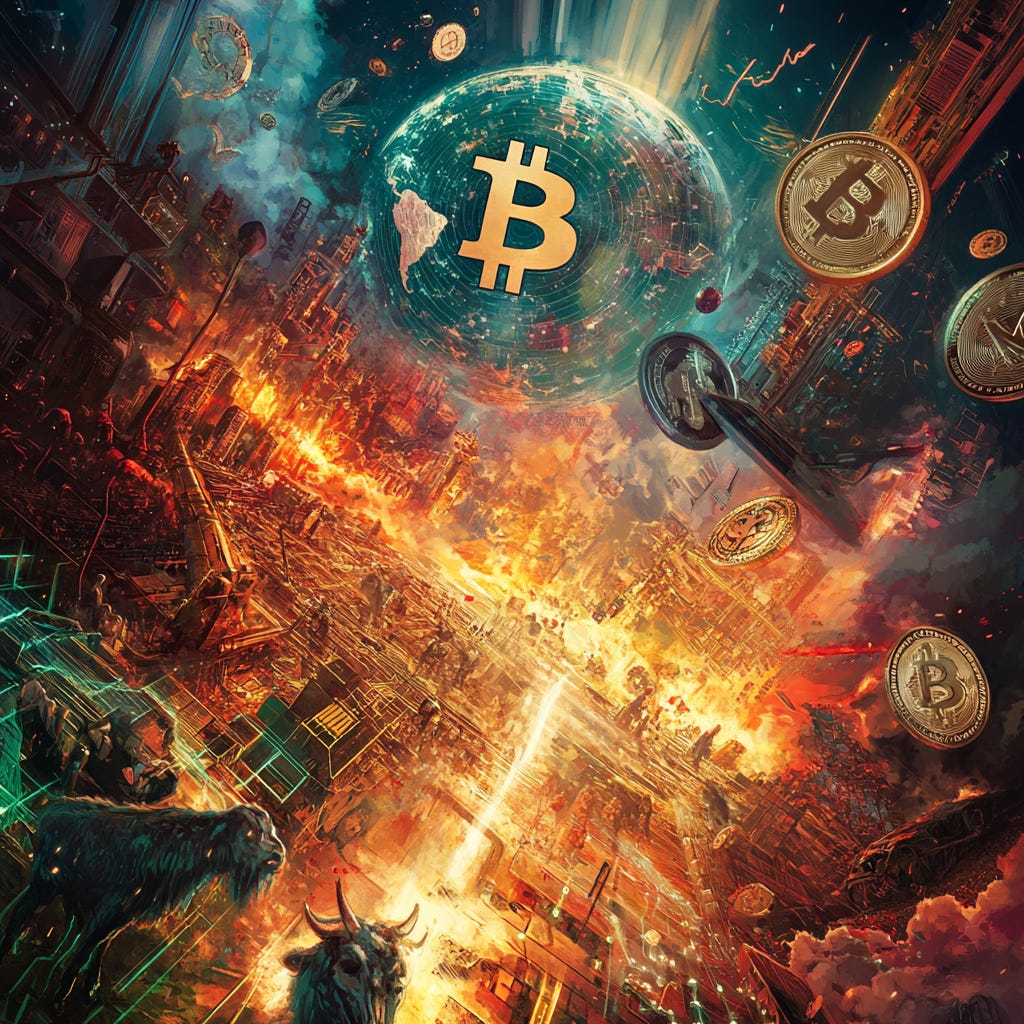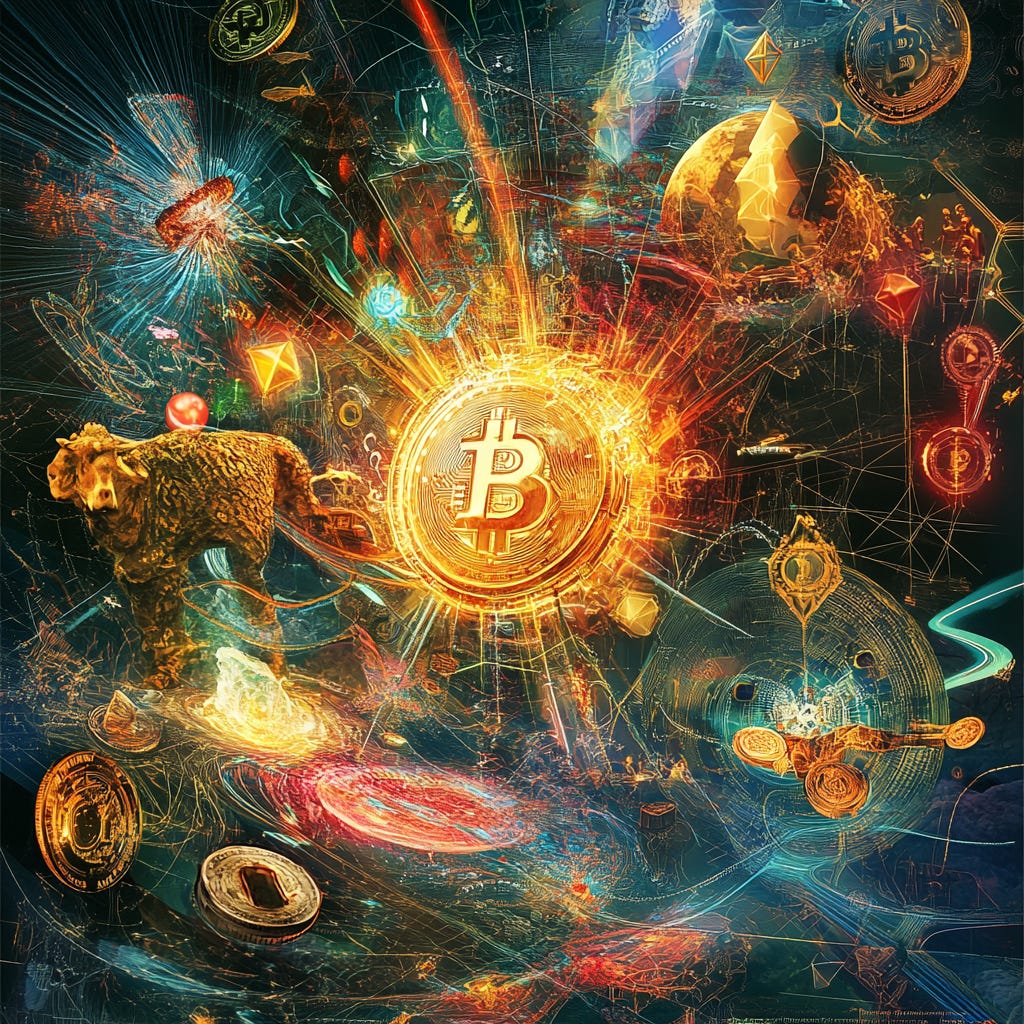Money is one of the oldest and most essential tools in human civilization, a universal medium for exchange, a store of value, and a unit of account. Throughout history, various forms of money have emerged, from livestock and precious metals to paper currency and digital representations. Yet, the fundamental purpose of money remains the same: to facilitate trade, store wealth, and measure the value of goods and services. Understanding what makes something “money” and how it evolves is critical to comprehending economic systems and human society at large.
The Three Functions of Money
To understand money fully, we must grasp its three key functions: medium of exchange, store of value, and unit of account.
Medium of Exchange: Money simplifies transactions by eliminating the inefficiencies of barter, where two parties must directly exchange goods or services of mutual desire. By using a universally accepted intermediary, trade becomes more fluid, fostering the exchange of goods on a broader scale.
Store of Value: A good form of money retains its purchasing power over time. When we save or invest money, we expect that it will be useful in the future, not just today. Stable money allows individuals to delay consumption and secure future wealth without the fear of rapid devaluation.
Unit of Account: Money serves as a standard measure of value, allowing people to price goods and services. This function helps compare the value of various items and makes economic calculation possible across industries and borders.
Characteristics of Good Money
Good money must possess several characteristics. Historically, societies have gravitated toward forms of money that best meet these criteria:
Durability: Money must be durable enough to retain its value over time. Physical deterioration or technological obsolescence diminishes its utility.
Portability: Good money is easy to transport, allowing for simple exchanges across distances.
Divisibility: To facilitate transactions of varying sizes, money must be divisible into smaller units without losing value.
Uniformity: Each unit of money should be identical in terms of value and characteristics, fostering trust and confidence.
Limited Supply: Scarcity creates value. Money that can be printed or produced in infinite amounts quickly loses its purchasing power due to inflation.
Acceptability: Money must be widely accepted as a means of payment. The broader its acceptance, the more useful it becomes in facilitating trade.
The Evolution of Money
Throughout history, money has taken many forms. Ancient societies used commodity money like cattle or grain, which had intrinsic value due to their utility. As civilizations advanced, precious metals like gold and silver emerged as superior forms of money because they satisfied the six characteristics better than consumable commodities.
Later, paper money backed by gold (or silver) became widely adopted. Governments issued currency certificates that were redeemable for a specific amount of gold. This system, known as the gold standard, provided stability, though it required trust in the institutions managing it. Eventually, governments abandoned the gold standard, leading to the era of fiat money—currency issued by governments but not backed by any physical commodity.
The Closing of the Gold Window in 1971 and Its Economic Impact
The year 1971 marked a pivotal moment in global monetary history when President Richard Nixon made a historic decision to close the gold window, effectively ending the direct convertibility of the US dollar to gold. This move, although initially termed as "temporary," had far-reaching consequences that reshaped the global financial landscape. The events…
Fiat money is the most common form of money today. Its value is derived solely from government decree and the trust of the people using it. While fiat money has the benefit of flexibility for governments to manage economies, it also has weaknesses. Its unlimited supply can lead to inflation, eroding its store of value function, and overreliance on central authorities can create systemic vulnerabilities.
Why Bitcoin is the Best Money We've Ever Seen
In 2008, Bitcoin emerged as a revolutionary form of money. Created by the pseudonymous Satoshi Nakamoto, Bitcoin is a decentralized, digital currency that operates on a peer-to-peer network without the need for intermediaries. Its innovation lies not only in its technology but also in how it fulfills the functions of money better than any of its predecessors.
Medium of Exchange: Bitcoin allows for direct, frictionless transactions between parties anywhere in the world. Its decentralized network facilitates payments without the need for banks or payment processors, reducing fees and enabling fast, borderless exchanges.
Store of Value: Bitcoin is often called “digital gold” due to its fixed supply of 21 million coins. This scarcity ensures that Bitcoin will not suffer from inflation or devaluation like fiat currencies. Over the past decade, it has consistently outperformed traditional stores of value, gaining increasing recognition as a long-term hedge against inflation and currency debasement.
Unit of Account: While Bitcoin has not yet reached the level of adoption to be used widely as a unit of account, its global recognition is growing. More businesses are accepting Bitcoin as payment, and as volatility decreases over time, it has the potential to serve as a stable pricing mechanism.
Bitcoin also excels in meeting the characteristics of good money:
Durability: As a digital asset, Bitcoin cannot physically deteriorate. Its blockchain is immutable, and the network is resilient, ensuring that ownership records are maintained without error.
Portability: Bitcoin is incredibly portable. A wallet can be carried on a smartphone, stored in a hardware device, or even memorized as a series of words. Transactions can occur across borders instantaneously, without the need for physical transportation.
Divisibility: Each Bitcoin can be divided into 100 million units (called satoshis), making it highly divisible and usable in transactions of any size.
Uniformity: All Bitcoin is fungible and uniform. One Bitcoin is always equal to another Bitcoin in value, regardless of its history.
Limited Supply: Bitcoin’s fixed supply of 21 million coins ensures its scarcity. Unlike fiat currencies, it cannot be inflated at will by central authorities.
Acceptability: Bitcoin's global adoption is increasing. While it is not yet universally accepted, its growing user base, institutional investment, and integration into financial systems signal a trend toward greater acceptability.
Conclusion
Money is one of humanity's most powerful tools, serving as a medium of exchange, a store of value, and a unit of account. Throughout history, different forms of money have come and gone, each with varying levels of success in fulfilling these roles. However, Bitcoin represents a paradigm shift in the evolution of money. Its decentralized nature, fixed supply, and technological innovation make it a superior form of money that addresses many of the shortcomings of fiat currencies and even precious metals.
As more people recognize Bitcoin’s potential, it stands to become the best money we have ever seen—combining the strengths of traditional money with the power of modern technology. In a world where economic instability and inflation threaten the value of our wealth, Bitcoin offers a solution: a form of money that we can trust to hold its value, enable global transactions, and empower individuals.
Not financial or legal advice, for entertainment only, do your own homework. I hope you find this post useful as you chart your personal financial course and Build a Bitcoin Fortress in 2024.
Thanks for following my work. Always remember: freedom, health and positivity!
Please also check out my Bitcoin Fortress Podcast on all your favorite streaming platforms. I do a weekly Top Bitcoin News update every week on Sunday, focused on current items of interest to the Bitcoin community. Please check it out if you haven’t already. Also now on Fountain, where you can earn Bitcoin just for listening to your favorite podcasts.
Follow me on Nostr:
npub122fpu8lwu2eu2zfmrymcfed9tfgeray5quj78jm6zavj78phnqdsu3v4h5
If you’re looking for more great Bitcoin signal, check out friend of the show Pleb Underground here.
Lightning tips appreciated here.







Money is Gold and Silver. Period- everything else is currency. BITCOIN is an electronic currency- BITCOIN has built in anti inflationary metrics that will keep it from inflating due to over producing more coins. At its core it is still an Electronic Currency ( that I like)